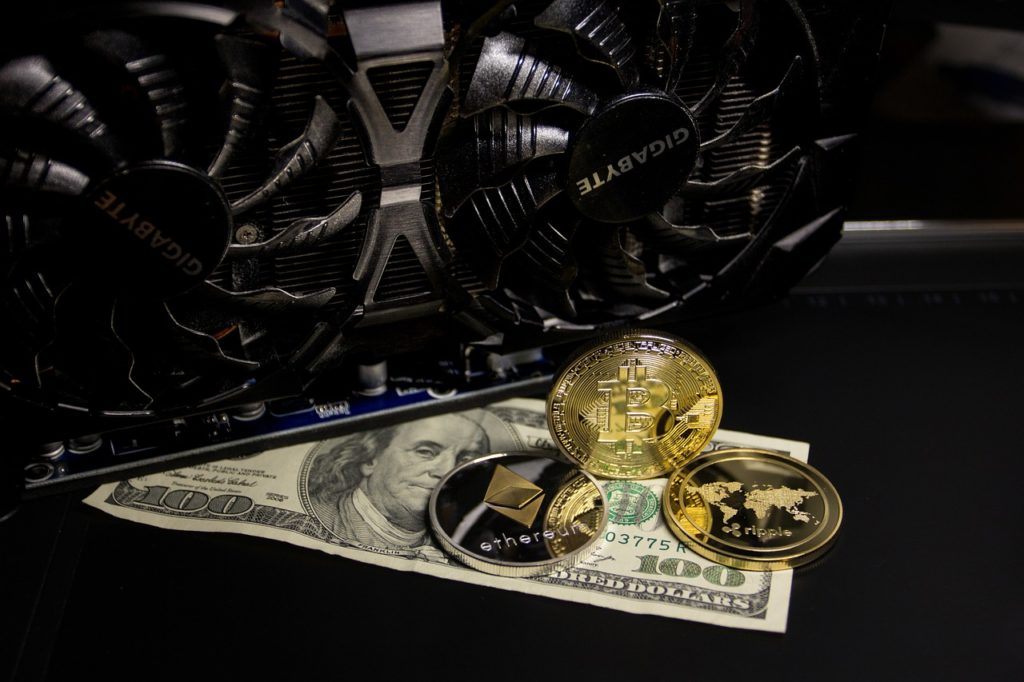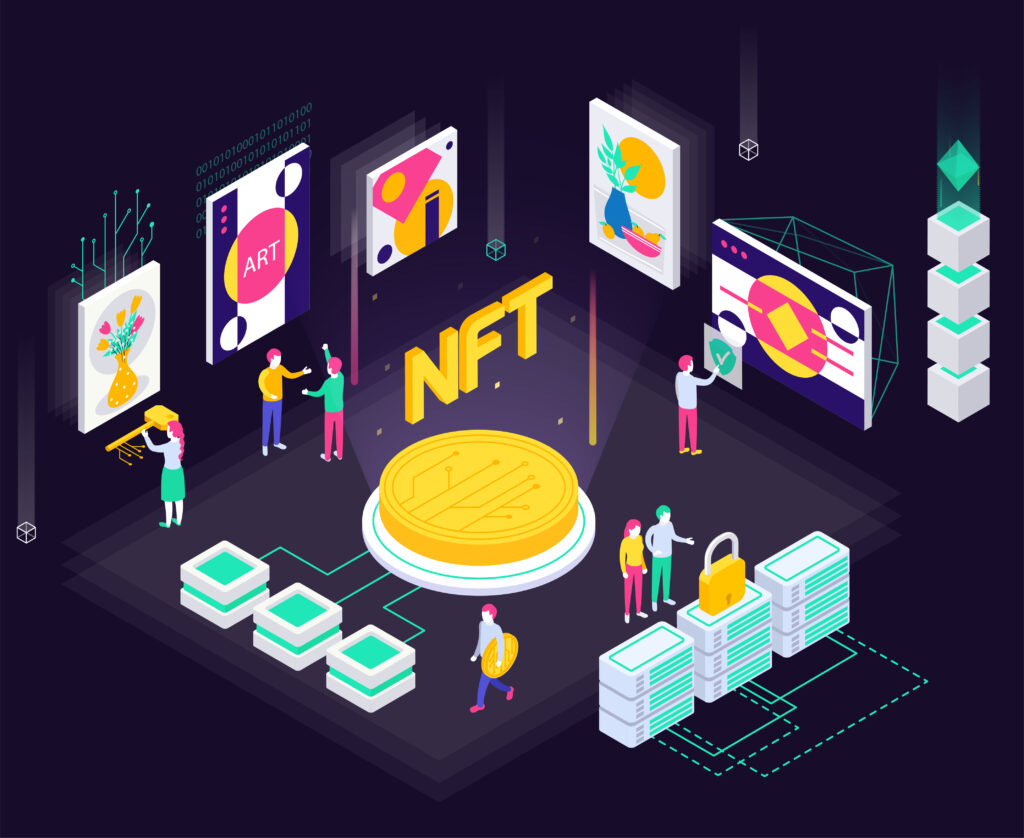
While Bitcoin hogged the headlines last year, Ethereum is entering the mainstream consciousness as well. Although it was established in 2015, the wider public is only recently starting to hear it used more often. But, what’s the difference between Bitcoin vs Ethereum? Here’s what you need to know:
Let’s Start with Bitcoin
In what many say was a response to the financial crisis of 2008, Bitcoin emerged as a way to allow people to control their own wealth. They were open to transact freely, without the intervention or permission of any centralized institution (at a time when trust in banks was at an all-time low).
Bitcoin’s creator is widely believed to be Satoshi Nakamoto, the author of a white paper explaining the goals and purposes of the currency. He has denied being the creator, however.
What are the main objectives of Bitcoin? To offer lower transaction fees, remove the need for currency conversion, therefore allowing for global transactions in near real time, and removing the need for any centralized governing body. You will never hold a Bitcoin in your hand. It exists in digital form only.
The debate over the legality and legitimacy of Bitcoin rages on, with some countries banning it, and others allowing it. But its galloping volatility has rendered its use as a currency impractical, to say the least.
Moreover, because of its sudden surge in value last year, many people started to see it as an alternative investment vehicle. They started buying Bitcoin in the hope of it rising further in value and then cashing out later.
So, can you pay for things with Bitcoin? In some places, yes, but the list is shorter every day, since its price is so unstable.
Now for Ethereum
Bitcoin is produced by authorized miners though a technology called the blockchain. Lately people across all industries are awakening to the possibilities of the blockchain due to its immutability (somewhat debated), decentralization, and possibilities for greater efficiency in all areas.
Using cryptography, once a Bitcoin or a transaction is carried out on blockchain, it cannot be tampered with, unlike a real dollar that can be forged.
Ethereum is now the second largest and well-known cryptocurrency running on its own software platform. It has several improvements over Bitcoin. One of which is the invention of “smart contracts,” that enable transactions to happen automatically, improving on the speed of Bitcoin transactions, and reducing the need for middlemen at many points in the supply chain. No human interaction is needed.
In fact, Ethereum is both a platform and a programming language that, like Bitcoin, runs on a blockchain.
Bitcoin Vs Ethereum – Why Should You Care?
Bitcoin vs Ethereum serve two different purposes. Ethereum is mainly traded and used as a digital currency, but it is also used inside the Ethereum platform to run applications. According to Ethereum, it can be used to “codify, decentralize, secure and trade just about anything.”
While both digital currencies use cryptography, Bitcoin and Ether use two different programming languages. Ethereum transactions can be confirmed in seconds, whereas Bitcoin transactions can take several minutes. The main difference however is their purpose.
Bitcoin was created as an alternative to fiat currency, as a store of value, or means of payment. Ether exists to facilitate peer to peer contracts and applications. Ether’s primary purpose is not to be used as a payment alternative, but to enable developers to build and run distributed apps.
Still Confused?
Think of it this way. Ethereum takes the basic design and principal of Bitcoin and improves it in some ways, without competing directly, since the two exist for different reasons. That said, with the popularity of Ether on the rise and the wider public beginning to see it as an investment vehicle as well, Ethereum is giving Bitcoin a run for its (digital) money.
















Tizanidine viagra Kamagra Pharmacie Aucune Priligy Sin Receta Priligy Necesita Receta
Someone necessarily lend a hand to make critically articles
I would state. This is the first time I frequented your
web page and thus far? I surprised with the research you
made to make this particular put up amazing. Great task!
Hello, yes this post is in fact good and I have learned lot of
things from it on the topic of blogging. thanks.
Hi would you mind letting me know which webhost
you’re working with? I’ve loaded your blog in 3 completely different web browsers and I
must say this blog loads a lot faster then most. Can you recommend a good
internet hosting provider at a fair price? Many thanks, I appreciate
it!
Gratuit Levitra Albuterol Vials Without A Prescription Cytotec 20mg Canada viagra Viagra 100 Forum
Wow, this paragraph is pleasant, my sister is
analyzing these things, so I am going to let know her.
Pretty! This has been an incredibly wonderful article.
Thanks for supplying this info.
ventolin generic 2020 https://amstyles.com/